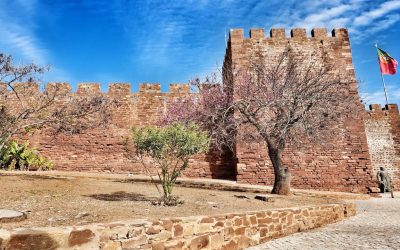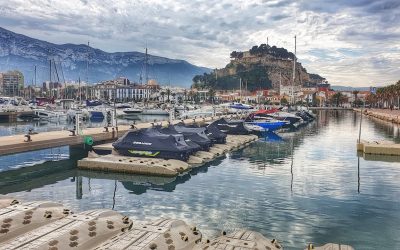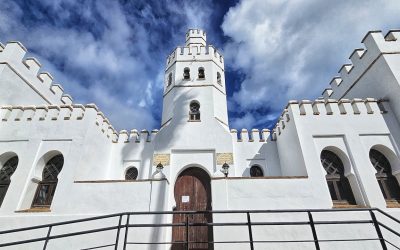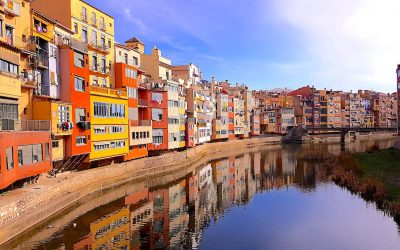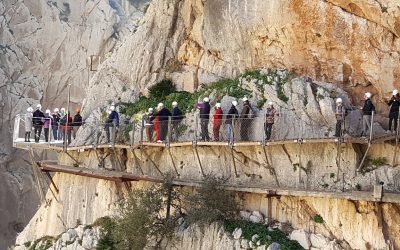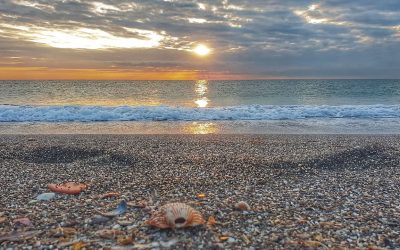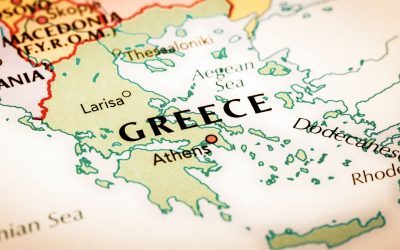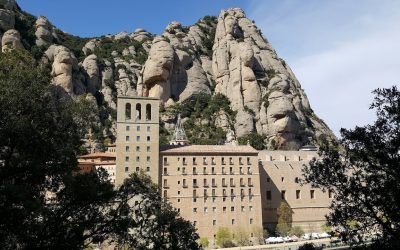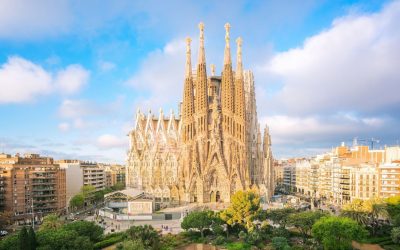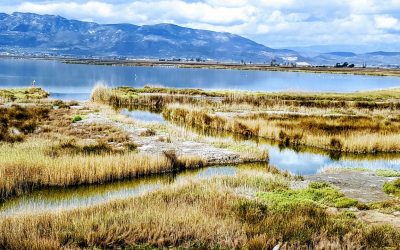The ancient capital of Portugal's Algarve, Silves may sit inland 10km away from the golden beaches and rocky coastline,...

Spain
Spain
What to see when visiting Denia
Exploring Dénia is a delight; sat in the south east corner of Spain, it teeters on the edge of the Costa Blanca magnet. And yet Dénia...
Five Practical Routes from UK to Spain
Spain is a regular haunt for many British motorhomers, especially during the winter. So choosing...
Bilbao and its Guggenheim
Think of Spain's Bilbao and what comes to mind? Ferries, industrial port or perhaps the most iconic building - The Guggenheim...
Reasons to tour Spain in a motorhome
Travelling through Spain over the last two years has been an enlightening experience that has taught us plenty, surprised us consistently...
How to spend 24 hrs in Girona
The first thing that struck us as we arrived in this Catalan city was how quiet it was. I suppose we have comparisons of...
Caminito Del Rey, Spain: Conquering the fear
Travel’s Classroom Conquering my fear at El Caminito Del Rey, Spain Integrity is so important when you write about...
Exploring inland of Malaga
Spain; the image of its Costas, tavernas and golf courses, enticing holiday makers to indulge in the heat of the summer and...
A Route through Italy to Greece
Sitting in Spain at the beginning of the year, we started contemplating the next chapter in our Motoroaming adventures - our Greek...
Exploring Beyond Barcelona
Now don't get me wrong, Barcelona is such a vibrant, engaging and enthralling city, that a weekend will more than do its streets and...
A Guide to a Barcelona city break
Having been to Barcelona before, I was interested to see how I would feel coming back into the city for a third visit. We had a friend to...
Visiting Spain’s Ebro Delta
As I sit here watching the sun go down over the Ebro Delta on Spain’s north-eastern coast, I can hear the gentle cries of the flamingoes...
Follow us
You can find us on social media,
different channels for different content.

